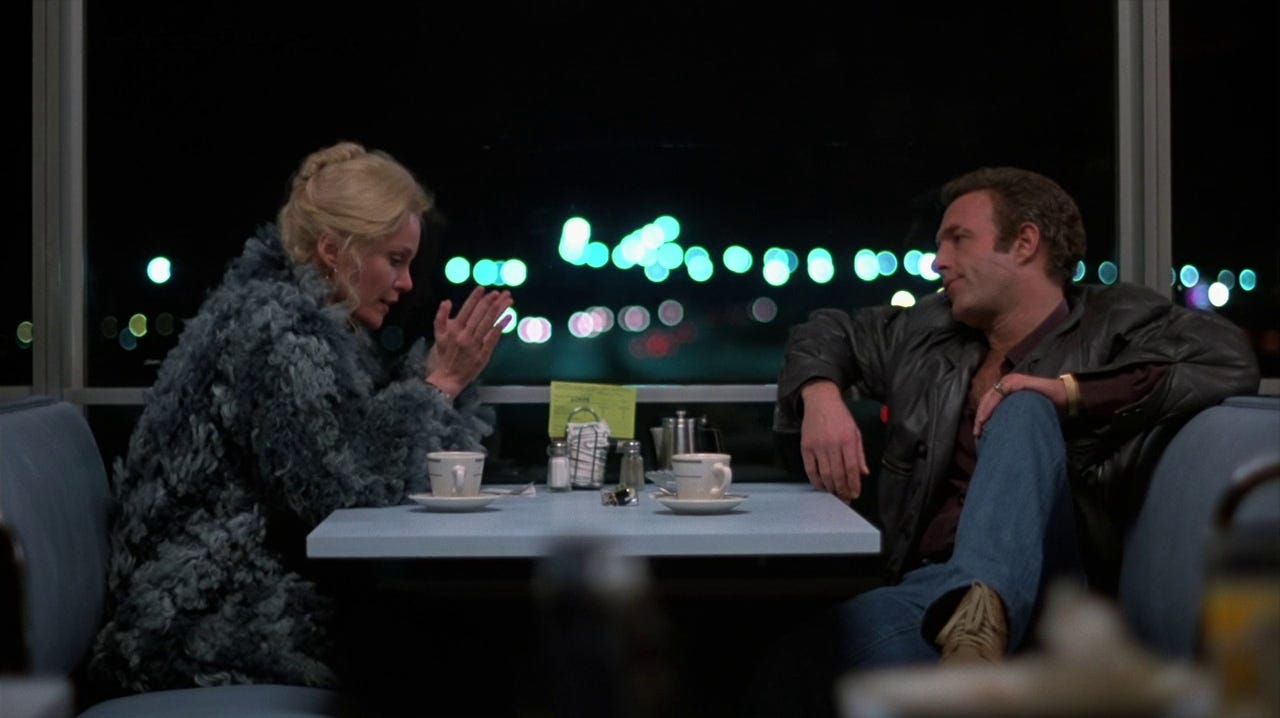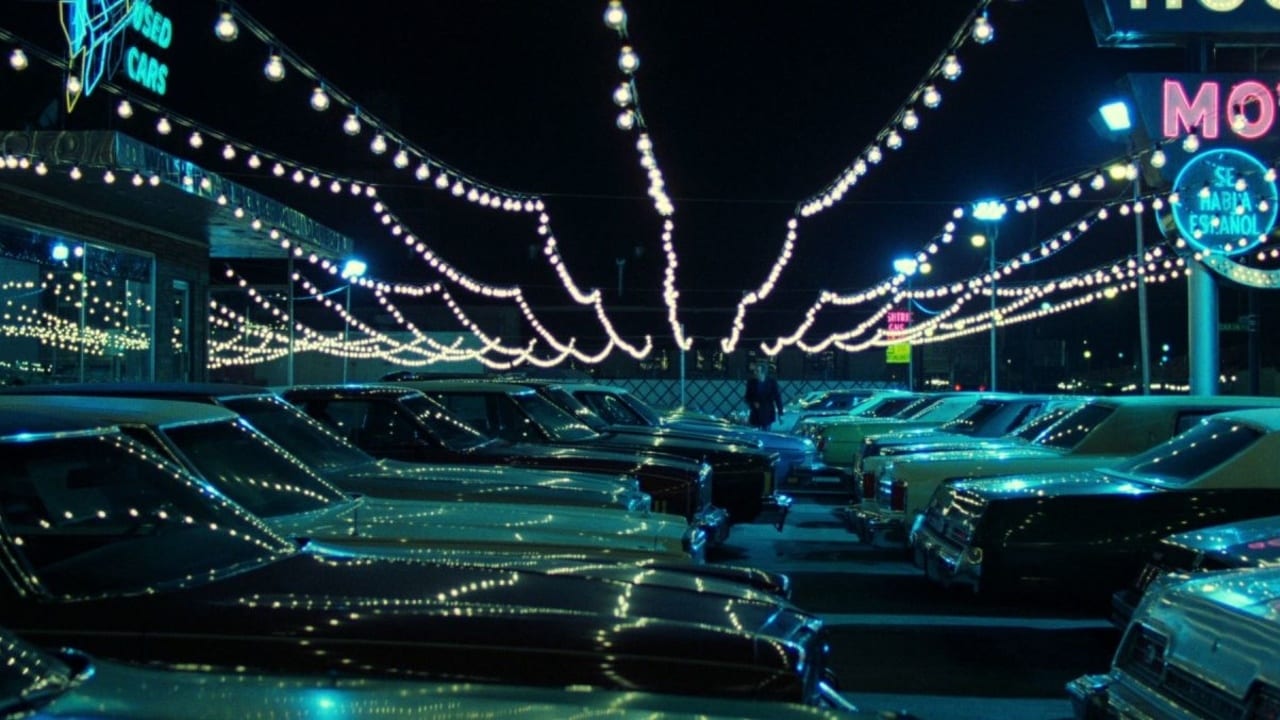This year marks the 40th anniversary of Michael Mann’s directorial debut, Thief, a stylized thriller whose influence reverberates to this day. But beyond the film’s long-lasting appeal, its biggest contribution to the industry is how it paved the way for one of cinema’s most celebrated auteurs in the crime genre.
Known for his slick and gritty approach, it’s easy to see how large of a role Mann’s filmography had in shaping the genre into what it is today. Even movies from widely different genres have taken inspiration from the director’s signature style. Christopher Nolan’s Dark Knight is one of the more obvious examples, as it pays homage to Mann’s 1995 cat-and-mouse thriller, Heat. But the film that kicked off the director’s successful career came in the form of the James Caan and Tuesday Welds-led heist film, Thief.
Boasting a distinctive soundtrack, the feature immediately hooks the viewer in with its stylish presentation and attention to detail, making a methodical safe opening sequence seem like the most riveting thing you’ve ever seen. And the dirty, neon-soaked look of the city serves as the perfect backdrop for the pulsating synths from Tangerine Dream’s memorable score.
Here, we see James Caan at his best. His charm and intensity from his iconic role as Sonny in the Godfather films perfectly translate to the volatile lifestyle of an expert safecracker named Frank. But unlike the carefree and exuberant Sonny, Frank’s character is much more focused and calculated. Having served 11 years in prison, Frank is now an impatient man making up for the time he’s lost. Four years removed from his time in jail, he now has two business ventures that are used as a front — a car dealership and a bar — while his real focus lies in his profitable exploits as a jewel thief. He’s also dating a waitress named Jessie (Tuesday Welds) and has plans of starting a family with her.
One of the standout moments in the film involves Frank and Jessie opening up to one another at a diner. This scene works in a lot of ways, but what’s most impressive is how it manages to further the narrative by establishing the connection between the pair whilst also providing context for the experiences that turned them into the world-weary people they currently are. It’s such a simple yet effective scene that adds so much pathos to both characters in such a short amount of time.
“You gotta not give a f**k if you live or die. You gotta get to where nothin’ means nothin’,” Frank tells Jessie about the mindset he’s developed from his time in prison, which carries over to his current lifestyle. Knowing that he could die at any moment, all that matters to him now is that he achieves the life he envisioned for himself — which is to have a family. To jumpstart his new domestic life, Frank strikes up a deal with Leo (Robert Prosky), a local mob boss, to help carry out more substantial heists. The rest of the film sees Frank trying to start a family while, at the same time, planning out an elaborate heist and dealing with corrupt cops and backstabbing associates.

The efficiency in the narrative already places Mann’s debut as a success. Virtually no scene is wasted, with each one working in service of the overall story and the characters’ motivations. The film’s aesthetic has aged remarkably well, too. The dark and wet streets of Chicago have never looked better, with the neon lights giving the film a distinctive look that has influenced future neo-noirs of the same ilk.
Another highlight of the film was the impressive performances by the supporting cast. Although his screentime is relatively short, Willie Nelson perfectly embodies the role of the mentor Okla. His father-son dynamic with Caan is full of genuine care and understated affection. While Robert Prosky is the complete opposite, with his larger-than-life presence commanding the room whenever he’s onscreen.
Although the film gives us an in-depth look at the volatile lifestyle of a jewel thief, the first things that come to mind are the more human moments in the film. Like the image of Frank talking to his father figure through bulletproof glass. Or the scene where Frank and Jessie are rejected at the adoption agency, which transitions into a scene that sees the couple consoling each other in silence. And, of course, the vulnerability displayed by the couple in the diner scene is a highlight for most viewers.
It’s clear to see the influence that Thief has had over the years. Just one look at the filmographies of Nicolas Winding Refn (Drive, Only God Forgives) and the Safdie Brothers (Good Time, Uncut Gems), with their neon-lit aesthetic and synth-driven soundtracks, can be easily be traced back to Mann’s directorial debut. For a film to endure the test of time is one thing, but for it to live on as a template for future genre films is more than a testament to its long-lasting legacy.
The Criterion Collection edition of Thief can be found here.
Words by Kai-Ming Chow
Support The Indiependent
We’re trying to raise £200 a month to help cover our operational costs. This includes our ‘Writer of the Month’ awards, where we recognise the amazing work produced by our contributor team. If you’ve enjoyed reading our site, we’d really appreciate it if you could donate to The Indiependent. Whether you can give £1 or £10, you’d be making a huge difference to our small team.
